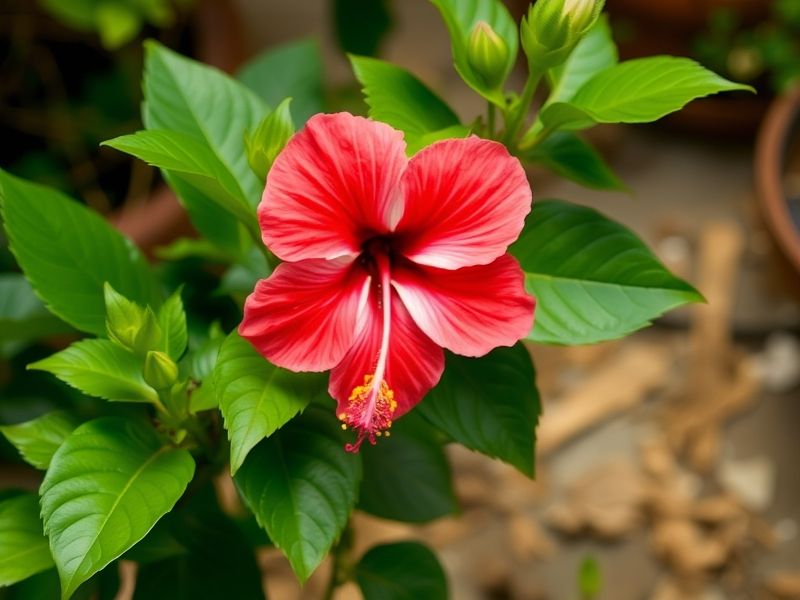
hibiscus flower - Cultural Significance
On this day brimming with the essence of spring, I am compelled to share with you a flower that is intertwined with ancient civilizations and auspicious symbols—the national flower of India, the hibiscus, also known as the rose mallow. This flower is not merely a modest star in the floral world but a radiant gem in the cultural river of India, bearing a rich historical and philosophical heritage. Today, let us embark on a cultural journey spanning thousands of years to explore the sacred role of hibiscus in Indian religious rituals, traditional sacrifices, and festive celebrations, as well as its symbolic significance in traditional medicine and cultures around the world.
In ancient India, the hibiscus was revered as a symbol of wisdom and purity. Particularly in Hindu rituals, it is often used in the preparation of holy water and offerings, serving as a bridge connecting the divine with the unknown. During ceremonies such as Aarti or Puja, one can witness the delicate pink petals, resembling flickering flames, dancing gently amidst candlelight and chants, offering the purest homage to the deities and enhancing the solemnity and sanctity of the rituals.
The hibiscus also plays a pivotal role in Indian festivals and daily life. During annual celebrations like Janmashtami (commemorating the birth of Krishna) and Dusherra (celebrating the victory over evil), paths adorned with hibiscus petals are meticulously crafted by devotees, becoming an integral part of the festivities. The vibrant flowers blooming on green branches symbolize rebirth and hope. On these days, people admire the hibiscus not only for its beauty but also as an embodiment of their pursuit of compassion and justice.

In the realm of traditional medicine, the hibiscus is a treasure trove of benefits. In Ayurveda, India's traditional medical system, it is used to prepare various herbal remedies to treat multiple ailments. It is believed that hibiscus petals can strengthen the body, promote blood circulation, and enhance liver and kidney functions. In the Western world, hibiscus essential oil is utilized in beauty care for its unique skin moisturizing and anti-inflammatory properties, making it a prized skincare product.
Moreover, the hibiscus has left a profound imprint in the global cultural flow. In Africa, it is regarded as a symbol of freedom and new beginnings; in Hawaii, it is the state flower, representing the warm and hospitable spirit of the South Pacific; in Latin America, it symbolizes love and prosperity, swaying gracefully during the Ochtavos (Thanksgiving) celebrations. Wherever it is found, the hibiscus is a messenger of beauty and positive energy, transcending time and geography to connect the emotional bonds of different cultures and peoples.
Among a constellation of stars, the hibiscus stands out as a unique presence. Its bloom on Indian soil is a testament to the country's rich culture and ancient traditions, with each petal carrying a story and each shade of pink speaking the language of wisdom and beauty. In the midst of the clamor of modern society, it is my hope that we can pause to savor the gentleness and resilience of a flower, feeling the cultural power and spiritual value behind each petal.
This is the hibiscus, weaving the culture of India and the world together in a unique and delicate manner in fleeting moments. Let us gently touch these petals, feel the warmth and emotions that transcend time, and imbue every mundane aspect of life with extraordinary meaning.
